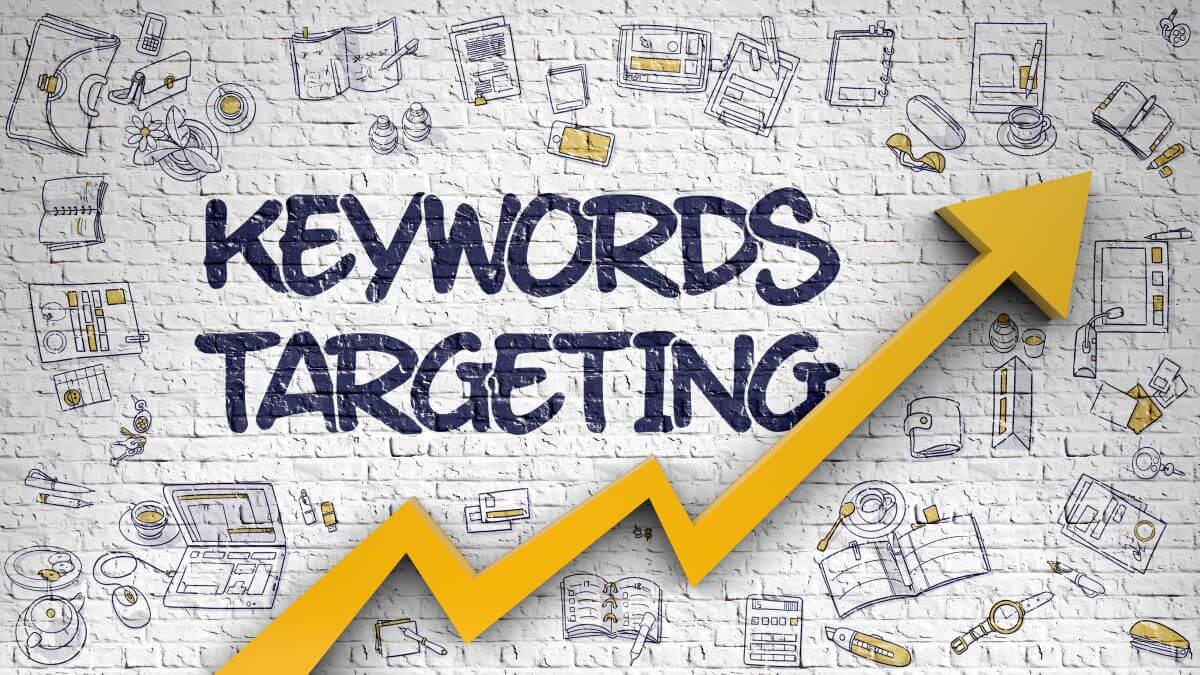If your content isn’t ranking—or if it was ranking but has suddenly dropped down the SERPs—you’re generally left up to your own devices when it comes to figuring out what went wrong. In our experience, however, the answer usually isn’t all that complicated. When content isn’t ranking on Google, it usually comes down to one of three things.
You’re Targeting the Wrong Keywords
Each and every piece of content on your site should be built out of the following questions.
- Why am I creating it?
- What value does it provide to my audience?
- What search terms would someone typically use to find this content?
The last question is where we generally see people slip up. They might be targeting keywords that are too competitive, or trying to rank for phrases dominated by a much larger, more successful brand. Or maybe they’ve chosen keywords based on raw numbers rather than intent.
Either way, if your content isn’t ranking, your first step should be to re-examine your keywords.
Your Website is Bad
Picture two department stores.
- The first store is clean, well-lit, and laid out in a streamlined, intuitive way. The way everything is laid out makes sense to shoppers, and the staff are friendly and efficient.
- The second store is a dirty, confusing labyrinth. No one is entirely sure where anything is, and employees are surly at best, actively unhelpful at worst.
Where would you rather shop?
The best websites load fast and have an interface that’s easy to both navigate and understand. Their content is well-organized, and their design is aesthetically pleasing. Can you say that about your site, too?
You Simply Aren’t Publishing Compelling Content
Not everyone is a content creator—and not everyone needs to be. If you know for a fact your keyword research is accurate and your website is well-designed, it may well be that your content simply isn’t that good. Remember that the best content is:
- Original
- Concise
- Informative and/or entertaining
- Well-written, with no errors
- Trustworthy
- Authentic
If you’re simply rehashing word for word the things you’ve found elsewhere, you’re not going to rank.
Closing Thoughts
If there’s one thing that’s remained constant about search engine optimization for the past few years, it’s Google’s insistence on keeping its search algorithms close to its chest. Much of what we know about search engine optimization (SEO) and the search engine results page (SERP) is the result of observation and educated guesses. It’s conjecture made by knowledgeable experts, but conjecture all the same.
That isn’t to say that Google has provided no SEO guidance, mind you. The company has actually published a fairly comprehensive SEO Starter Guide that walks you through pretty much all the basics. The last piece of advice we’ll give is to familiarize yourself with that guide if you’ve not done so already.
It may help immensely.









